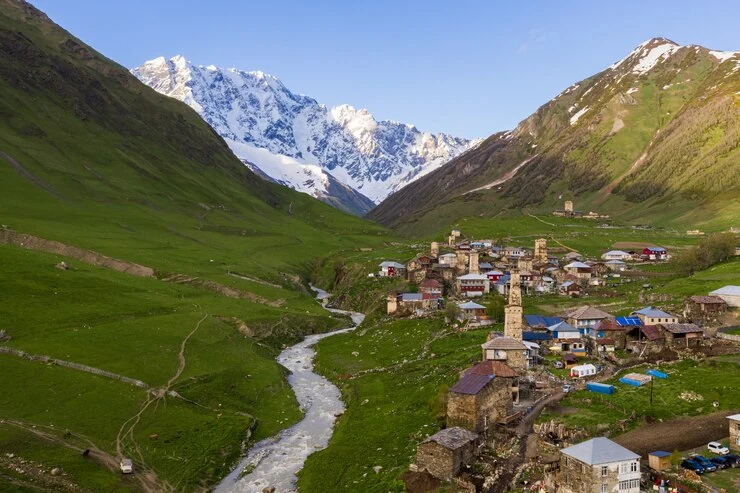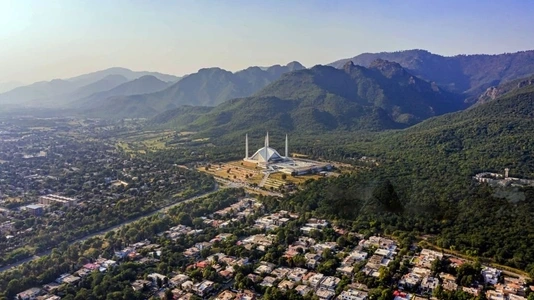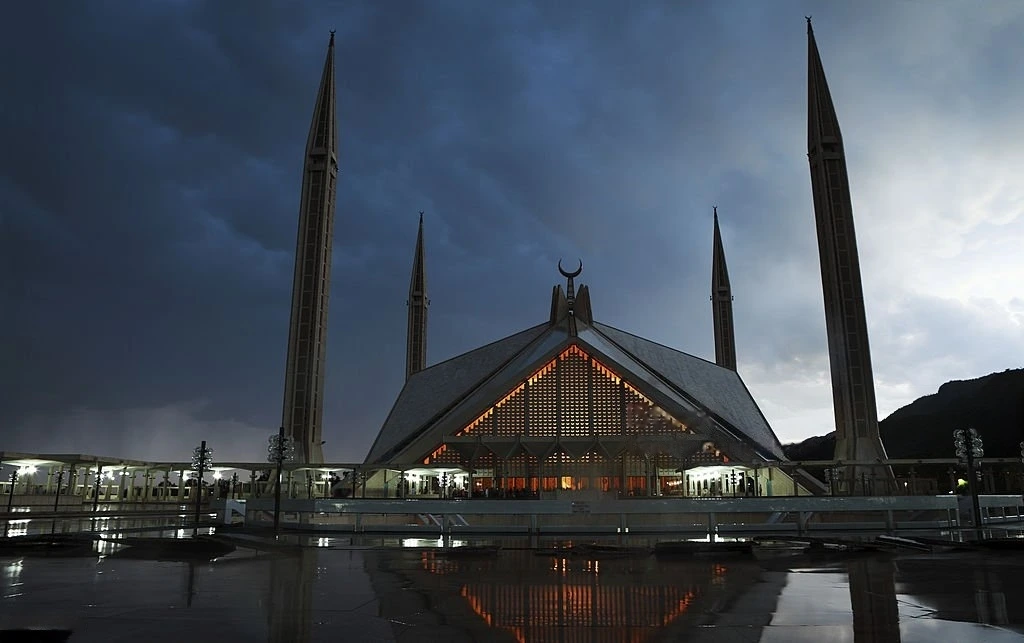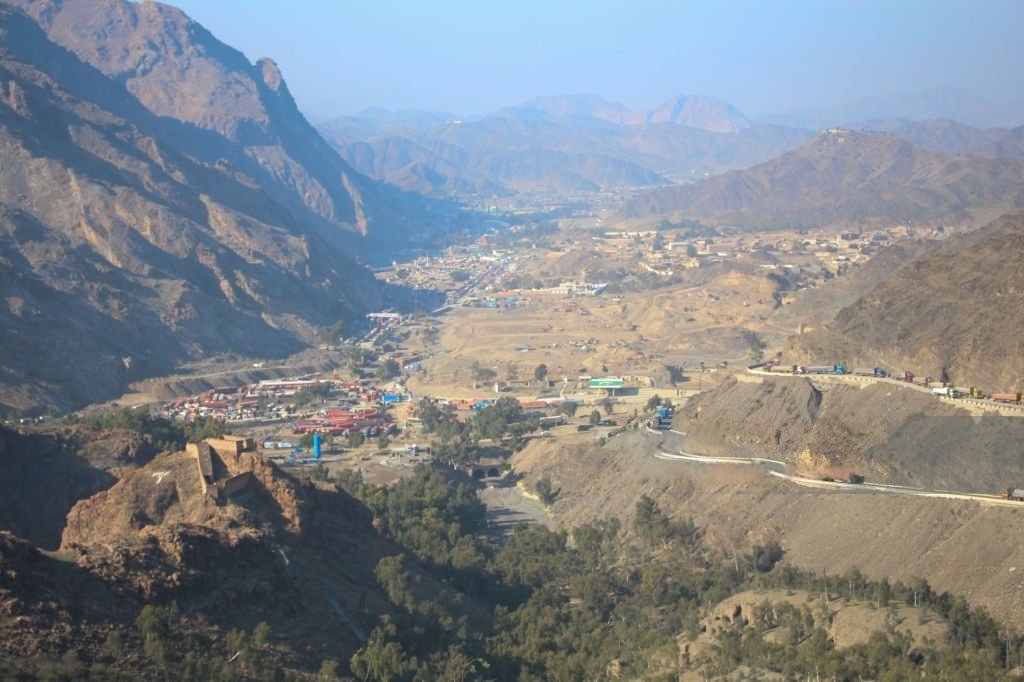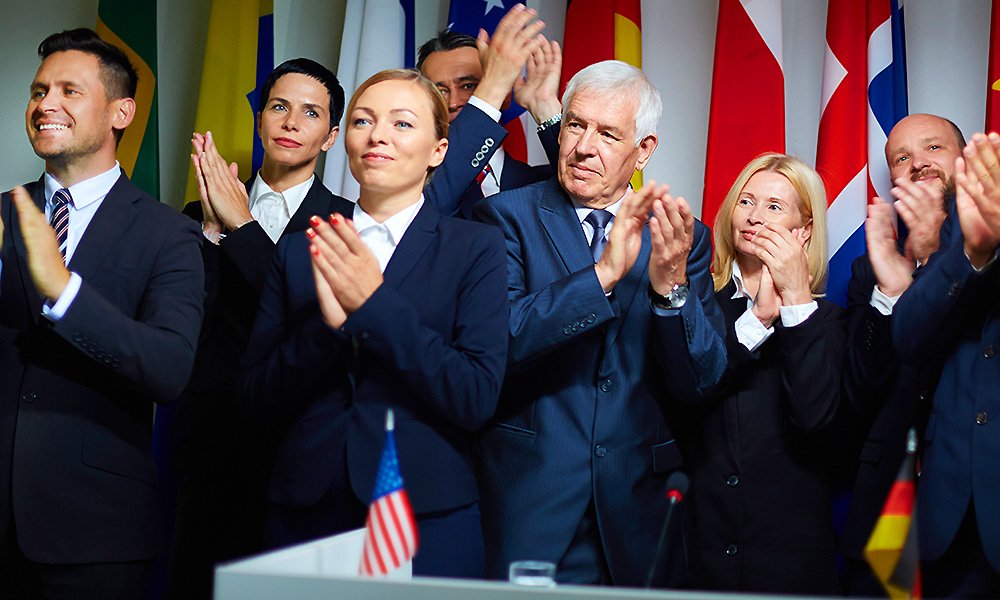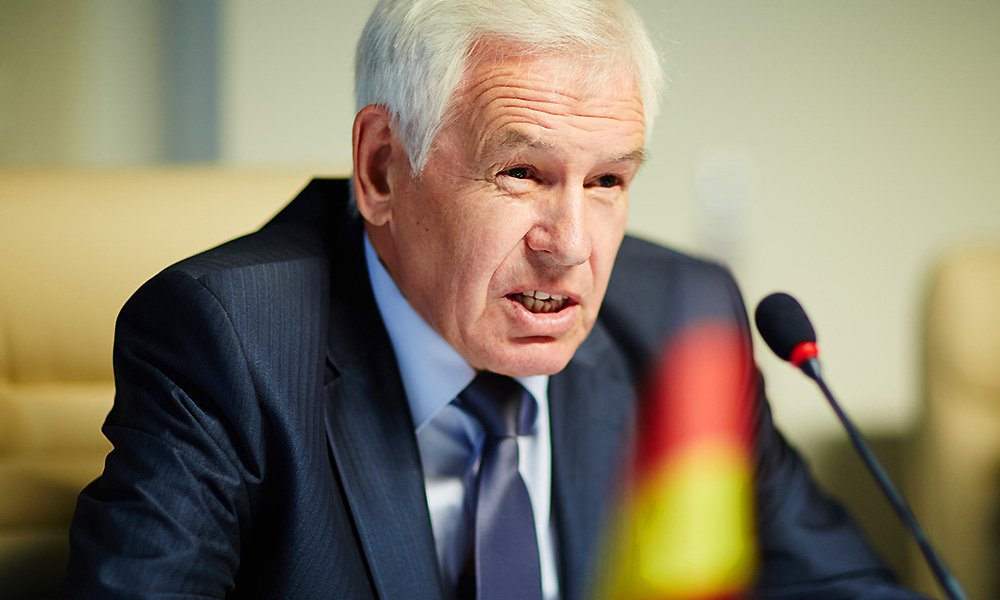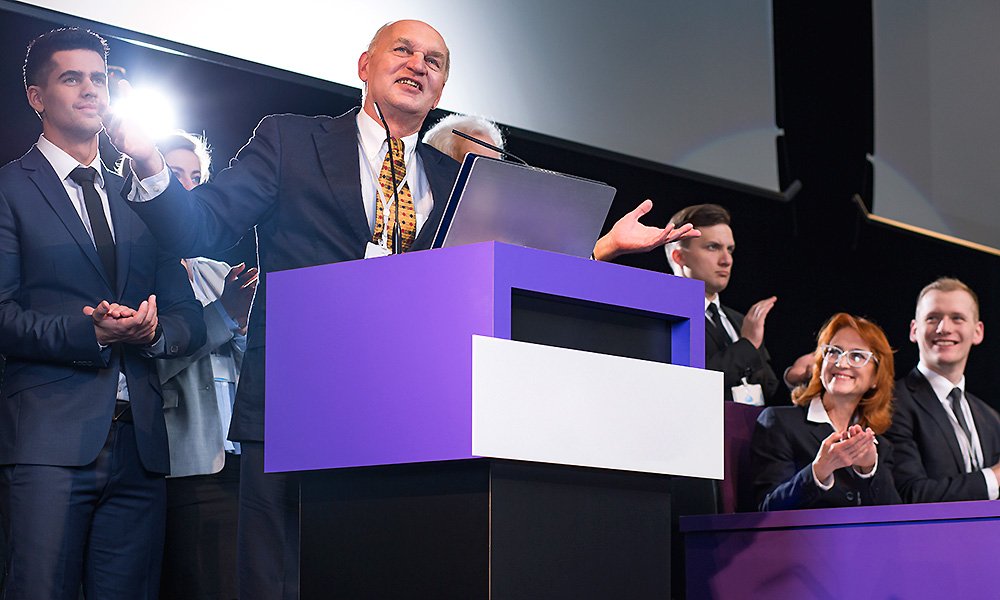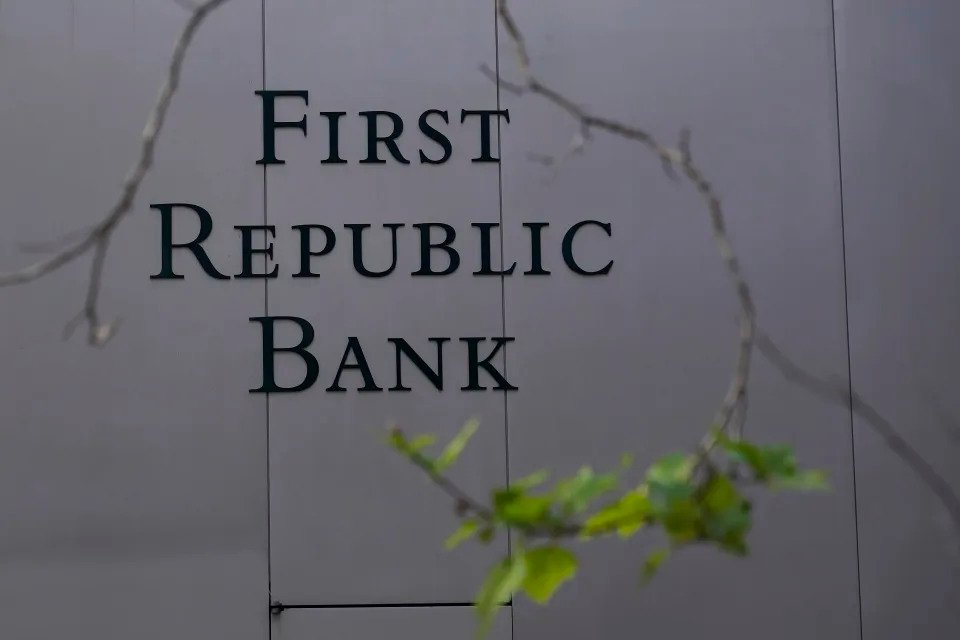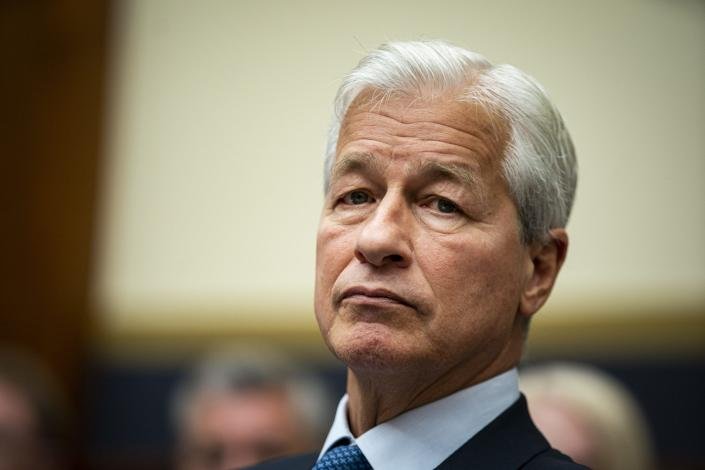Over the past decade, Pakistan’s IT and telecom industries have grown significantly. A significant amount of government support and promotion of this industry has led to its growth and development.
As far as Pakistan’s telecom industry is concerned. The teledensity in Pakistan exceeds 90%, with over 197 million telecom subscribers. Additionally, biometrically verified SIMs users grew to 194 million. Moreover, broadband subscriptions grew to 124 million with 56% penetration, and mobile data usage reached 8,970 petabytes (6.8 GB per subscriber per month), showing a 31% increase from last year.
As per the annual financial report 2022 published by PTA, the telecom industry has shown quite outstanding progress, and it has resulted in a record-high revenue of Rs. 694 billion.
That’s a 10% increase from fiscal year 21. Pakistan Telecommunication Authority (PTA) Annual Report 2022 also states that the sector has successfully attracted a whopping US 2073 million investment and contributed Rs. 325.2 billion to the national Treasury, out of which Rs. 222.7 billion came from taxes. In addition, 102.5 billion came from the auction and license renewal of Next Generation Mobile Services (NGMS).
Pakistan’s Telecom industry’s Achievements in FY22
There has been a lot of progress made by Pakistan in the telecom industry. Not only has it increased its profit, but it has also been ranked as an ‘Advanced’ regulator in the International Telecommunication Union’s 2022 regulators’ ranking.
Pakistan has also been Rated as an emerging telecom market by the global system for mobile communications association, also known as GSMA.
Furthermore, PTA introduced a framework for Short-Range Devices (SRDs) and the IoT Framework. Under which IoT (Low Power Wide Area Network-LPWAN) services licenses were awarded.
There has been a massive rationalization of the spectrum over the past year, resulting in improved spectrum efficiency that has positively impacted consumer satisfaction.
Additionality, mobile phone imports declined for the first time in Pakistan’s history because most of the local demand was filled by locally produced phones. Besides Pakistan becoming self-sufficient in handset production, this also shows that customer behaviour is changing, with more customers choosing locally manufactured products. According to official statistics, Pakistan manufactured 41.35 million mobile handsets (including 17.3 million smartphones) between January 2021 and September 2022, creating thousands of skilled jobs and increasing local manufacturing of international brands like Samsung, Nokia, Xiaomi, Oppo, Vivo, Techno, and Infinix.
Moreover, for the first time, Pakistan exported 4G mobile phones to the United Arab Emirates, becoming the net exporter of mobile phones. Inovi Telecom was the company that manufactured 5,500 mobile phones which were exported to the UAE.
Struggles of Pakistan’s telecom industry
However, like any other industry, Pakistan’s telecom industry has also been facing turbulence and has been in turmoil since the start of fiscal year 23. According to reports, the telecom industry is experiencing a severe financial crisis due to the lowest per-user revenue in the world at $0.80, which has caused distress to operators.
Furthermore, the devaluation of the Pakistani rupee is also impacting all telecom companies and making it difficult for them to continue their daily operations since all payments, such as license fees and interest, are made in the US dollar. As a result, the cost of doing business has increased. In contrast, the revenue has declined, leading many companies to close their operations in Pakistan, including Telenor, Pakistan’s second-largest cellular service provider.
Yes, Telenor is looking to sell its operations in Pakistan due to the high cost of doing business. According to reports, recent devaluations and inflation have driven the company’s operational costs to around 55 million, of which 17 million is spent on electricity bills to keep the infrastructure running. Therefore, Telenor is seeking out locations with higher rates of return other than Pakistan.
During a meeting with the Minister of Information and Technology and Telecom Amin ul Haque, the industry expressed deep concerns about rising interest rates, fuel prices, and electricity costs, which have increased business costs, further burdening an already struggling industry. And has urged the government to change its policies.
Moreover, these financial difficulties have impeded the implementation of 5G technology, as PTA officials have stated that Pakistan still needs to overcome several challenges.
- Low penetration of handsets and optic fibers
- An increase in living costs
- A low ARPU (average revenue per user)
- A rise in operating expenses (OPEX) coupled with a high tax rate.
To conclude, experts agree that the general telecom sector, particularly the cellular industry, is facing a very challenging business condition. In addition, it faces some regulatory hurdles that make operations more difficult.
For instance, along with spending money on importing equipment, the government has also fixed spectrum prices to US dollars, which has increased business costs substantially. As a result, many companies are no longer investing in new projects.
Despite this, the market has been attractive for cellular providers, and there is still plenty of room for growth and improvement.










